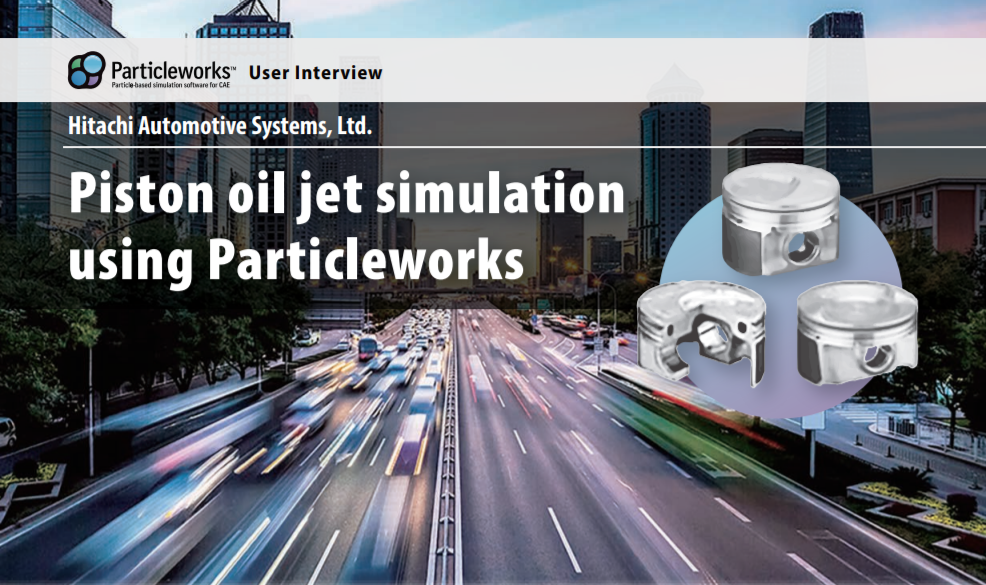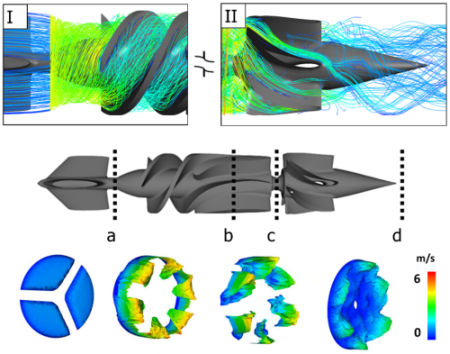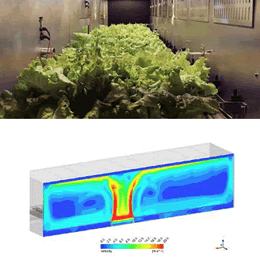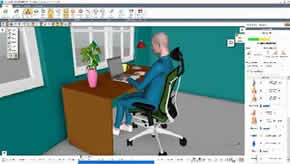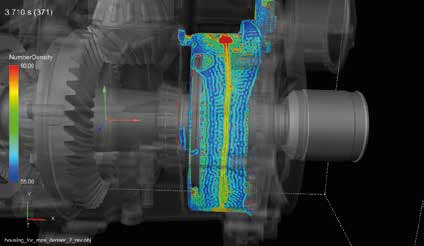Over the past few weeks our engineers have spent time with the latest version of Creo Flow Analysis in Creo 7 and we’re always keeping an eye out for issues our customers may run into. In this case we found a serious issue and want to share a workaround with the CFA community.
When creating CFA projects from Creo assemblies the meshing process regularly failed with a rather cryptic traceback. After some experimentation we found that this can be easily avoided by creating a CFA project with only the extracted volume part.
To do this generate your extracted fluid volume as normal with the assembly, then identify the name of that part. In file explorer navigate to your assembly folder and copy the same part into a new directory, this will be your CFA directory moving forward. Open the part by itself in Creo and create a new CFA project. The fluid volume has already been extracted so it can be directly specified as the fluid volume.
PTC has informed us that this bug will be corrected in a future release of Creo 7 but in the meantime I hope this will be helpful!

